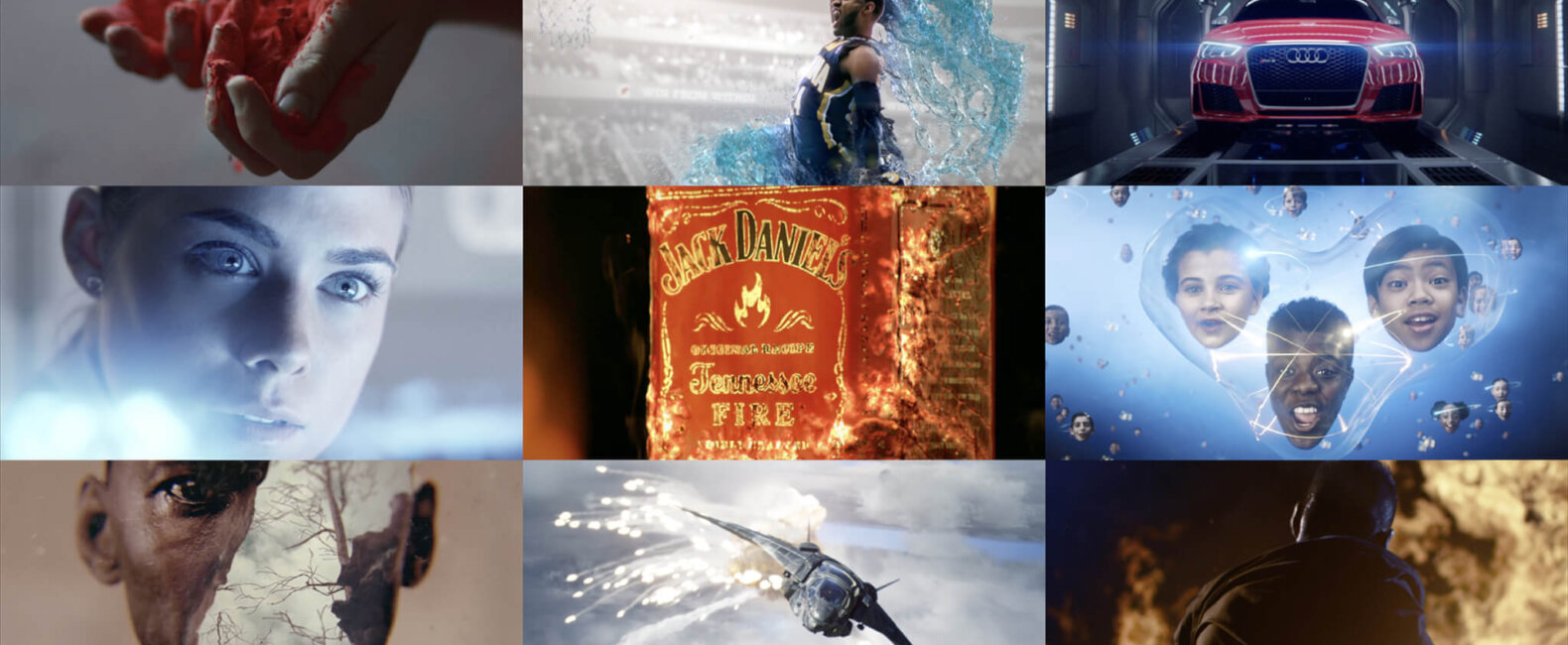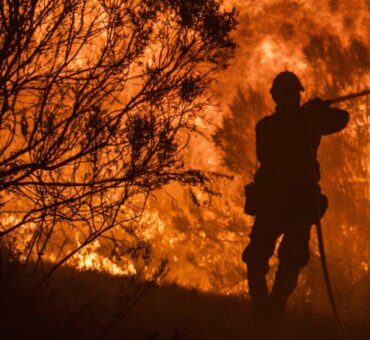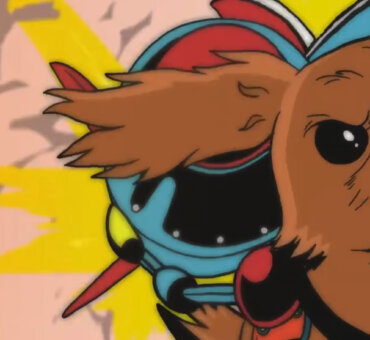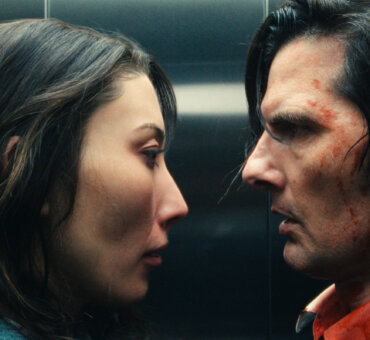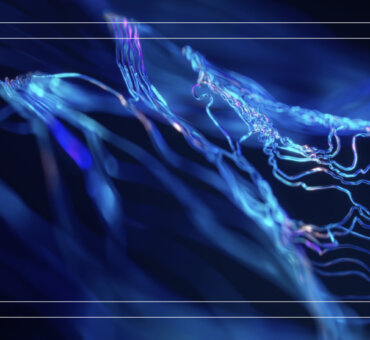What does it mean to be a complete editor? Well, to Victor Jory, it means being “one part musician, one part painter, and one part construction worker.”
As the Head of Editorial at The Mill L.A., Victor has built his career on this recipe. There’s a constant tension between collaboration, creative expression, and the ever-looming timeline, but he seems to have a healthy perspective on balancing all three. Through his work with the iconic studio, he’s helped shape countless visions for clients of all kinds. All of this while managing one of the best editorial teams in the world. Victor also edited the Emmy-nominated Title Sequence for True Detective. The Mill and Antibody collaborated with Nic Pizzolatto to create the opening title sequence for the long-awaited third season of HBO’s series.
We had the chance to talk to Victor about building an editorial career, the fastest way to improve your skills, and his more-than-reputable family tree (seriously, his grandfather was in Gone with the Wind.).
Here’s our conversation with The Mill’s Victor Jory on the art and craft of editing:
Filmsupply: Is there a specific movie cut that inspired you to be an editor?
Victor Jory: That’s a great question. When I was very young I saw a Paul Newman movie called The Hustler. He plays this pool shark named Fast Eddie and it’s his dream to be the best pool player in the world. There are successes and failures, but he eventually finds his way. Midway through the film there is a scene at a bar where a character played by George C. Scott is chatting with Fast Eddie. In that scene there is a cut and, frankly, it’s just a bad cut. It’s not a good cut. For some reason, it stood out to me then and it stands out to me now. It made me watch the movie again and again. At 11 years old, I was fascinated by what I considered a mistake. I just wanted to understand why it didn’t work, and why they left it in.
I just wanted to understand why it didn’t work, and why they left it in.
Speaking of your childhood, you had quite the artistic upbringing.
I come from a family of creative people. My grandfather was an old movie actor. I grew up watching all of his stuff and my dad always had his movie posters on the wall. My grandmother was in the movies, too, and was lesser known. But, she was considered a better actor in many regards. Then, my father went into the theater and became one of the country’s top artistic directors. He produced something like 2,000 plays for the American stage and has published something like 80 plays himself.
So, I grew up in a house where you just made stuff. No one was called an artist. You just made stuff. I got really into painting and music and eventually made my way into film school.
Why did you land on editorial work, specifically?
I think it’s because it requires a lot of everything and I like a challenge. You have to know storytelling, understand cameras, lensing, blocking, and performance. When you’re blocking out a full CGI spot, you have to understand a wide swath of everything. The buck does not stop with me, but I’m part of a creative process to develop a story and see it through to the high standards that The Mill has set for almost 30 years now. I use all of those disciplines everyday.
Did your family background affect the way you edit?
My background plays into my editing everyday. I went to NYU’s film program and I remember them talking about how you always edit for performance first, so that definitely related a lot to my background. It gave me strong opinions on blocking, on camera, and on sound, but I also love to collaborate. I’m really fortunate to work with smart people whose opinions I get to experiment with, and they’re happy to hear mine because they also want the project to be the best it can be.
That seems key, right? Keeping the project as your North Star.
Yes, absolutely. Especially as time gets tighter, like on one of our big animation spots or these Super Bowl spots that are going to be coming out soon. As time dwindles, the ability to experiment and try new things dwindles. You’re just trying to get as many iterations in as possible before you run out of time. You want everyone to be heard, but you also want to know that the most cinematic moments are being used.
What does a “cinematic moment” mean to you?
I’m not sure I could give you a definition. It’s almost a feeling. You look at a shot and think Wow, that’s beautiful. There may be a little lens flare, the way it’s framed, or just some intangible. It’s footage that sings.
For example, the way you frame a car in an automotive spot is everything. Certain clients are very specific about what lens you should use, the height you should shoot it at, and the way you want the lighting to hit the car. That’s what you’re hunting for—that beautiful moment when the stars align. When I say cinematic, that’s what I’m talking about.
How do you help translate that moment when a client is describing it to you?
I think in the past five years, with technology being so accessible, people have really started to understand the editorial vocabulary better. So, in general, clients and directors have gotten very savvy at giving feedback. There’s not a whole lot of translation. I’ve had the good fortune to work with incredibly smart creatives from agencies and really smart directors. So, honestly, their notes are almost always about making things better.
But, it is my job to execute those notes and also include some extra “flavors” to see if we can strike into new creative territory. There’s no one way to cut something. If I fight for an idea that I think is really smart, it doesn’t matter a whole lot until I actually try it. I try to be a humble doer. I want to try and find the best version. I’ve learned that some ideas I think aren’t strong on paper can actually be a solution to a really challenging problem.
You have to get comfortable with doubt.
For commercial work, how do you manage problems on a tight timeline?
It’s ironic, because there’s never enough time, no matter what the timeline is. Some days, we’re just trying to get something turned around as quickly as possible. Then, on the other days, we’re so detail-oriented trying to crack all of these challenging problems on a complex story. It never feels like enough, even when you have too much time [laughs].
Someone gave me a good piece of advice once. It was regarding something else entirely, but I think it applies really well to the creative process. He said, “Victor, you have to get comfortable with doubt.” I think the more experienced you get, the more comfortable you are with not knowing what tomorrow will bring. If you’re able to put away that stress, you’re able to collaborate with other people and trust that you have the experience to put it all together.
In other words, timeline is not a factor.
No, not in a place like The Mill. We deliver a certain quality of work no matter what amount of time we have.
How do you continue to hone your skills as an editor?
I’m always amazed by how much I learn when making rip-omatics. I do less of that these days but I’m always happy to jump in when I can. The process of making something from nothing continues to teach me a whole host of skills and gives me the tools to offer clients new flavors, new versions, and new ideas.
If a young editor showed me 5 well put together rip-o-matics I would know they have the skills to progress in the industry. If they showed me 5 well edited but poorly shot amateur spec commercials – I wouldn’t have the same confidence. Rip-o-matics are about storytelling, and shot choice and sound design and imagination. They flex the muscle of storytelling and creating within the limits of time and professionally shot footage. Those projects are fun because they’re purely editorial. I’m sorry but I’m going to quote the original Predator—“I ain’t got time to bleed.” In the rip-omatic process, I’ve just got to go for it and inexperienced editors should too.
Does it force you to enter a different headspace?
Yeah. If I’m pacing around the building and someone asks me, “What’s wrong?” I just say, “I’m in the pocket.”
In editorial, you’re one part musician, one part painter, and one part construction worker. You have to know where everything is. I want my closeups. My abstracts. My wide shots. I want it organized and that process takes me two days. Then, in four hours I can have an edit. As long as I’ve done the construction work, the creative time is much shorter. You enter a different mindset when you’ve set yourself up that way and time vanishes. You can make mistakes and learn from them but in a very compressed timeline.
The creative process takes mistakes.
Do you ever get used to making mistakes?
You have to. When I’m talking with young editors, there’s a fear of making mistakes. The creative process takes mistakes, and people need to get to that point where they’re going to do a bad version, just to see what it’s like. It’s hard to push people to expose the weaknesses of an edit. They think it reflects on them. But, in the early phases it doesn’t—it’s about discovery. If you’re going to make the best thing you can, you need to see where all of the weaknesses are. You just go and you try and you mess up and you try again until you land on something you think is good.
But, going back to The Hustler, there’s another reason I love that movie. In an early pool shark scene where Fast Eddie is beating the best player, Minnesota Fats, they start drinking and eventually Fast Eddie ends up losing after playing all night, drunk. The next morning, Fast Eddie can barely stand up. Minnesota Fats, on the other hand, goes into the bathroom, washes his face, puts some baby powder on his hands, puts on his jacket with a carnation in it, and comes out after 30 hours of playing straight and says, “Fast Eddie, let’s play some pool.”
I think there’s something there about resilience. On a really bad day, I’ll make sure the very next day I’m clean shaven and I’ve got a collared shirt on. If there’s been a long night in the editing bay, I’m going to put a little baby powder on my hands and come back out ready to fight another fight. Or in my case, cut something we can all rally behind.
